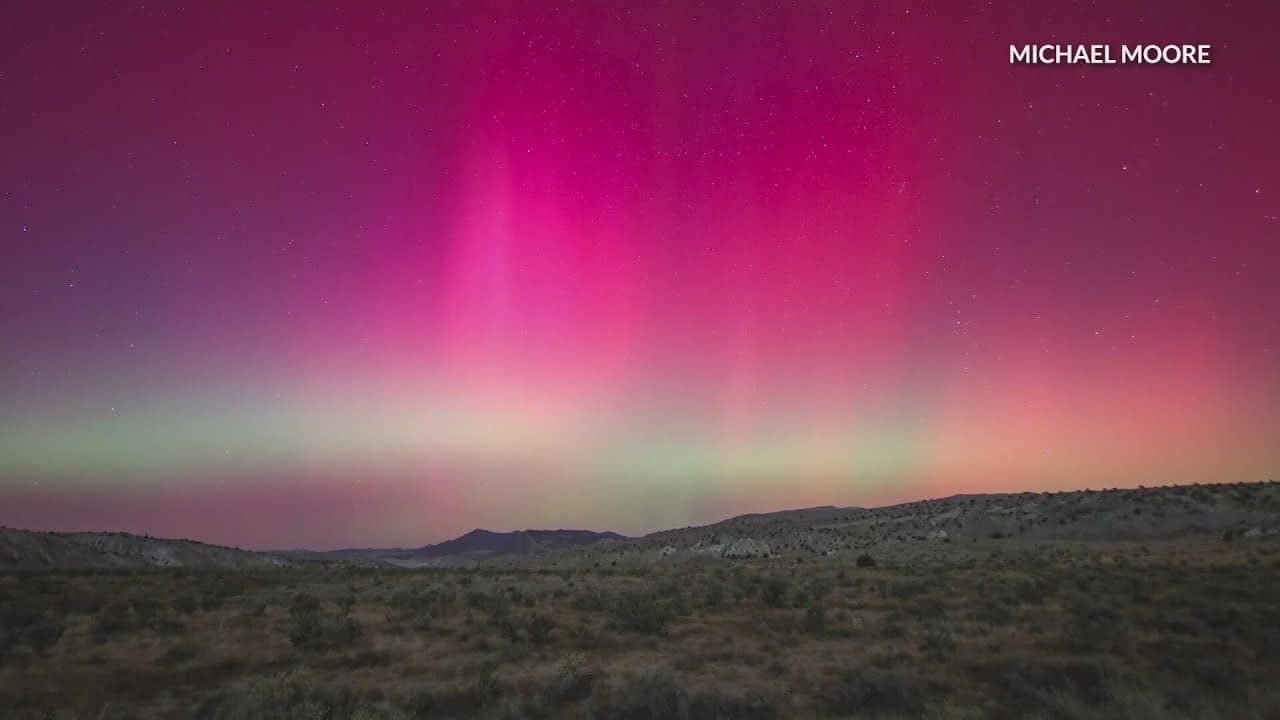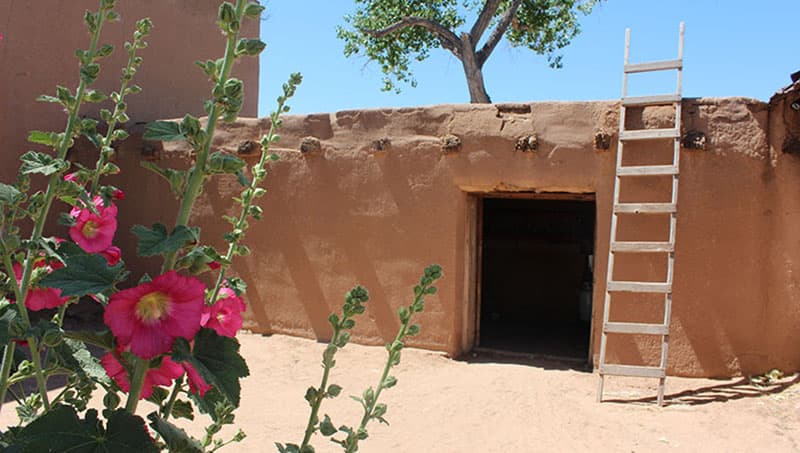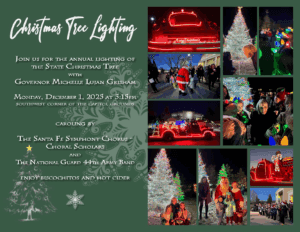Aurora Lights Surprise New Mexico Skies, Visible Over Rio Rancho
Northern lights streamed into New Mexico skies on Nov. 11 and again on Nov. 12, with photographers and residents capturing images and video across the state including viewers in Rio Rancho. KOAT Action 7 News collected user submitted photos and explained the meteorological reasons the aurora reached mid latitudes, turning the rare event into a shared community experience.
Listen to Article
Click play to generate audio

Residents of Sandoval County joined a statewide audience in witnessing an unusual display of the aurora borealis on the evenings of Nov. 11 and Nov. 12. Photographers and casual observers sent photos and video to local outlets, and KOAT Action 7 News gathered user submitted imagery while reporting on the space weather conditions that allowed the aurora to be visible at mid latitudes.
The most dramatic coverage came on Nov. 11, with many viewers across New Mexico reporting vibrant bands of color. Observers in Rio Rancho reported a glowing sky on the evening of Nov. 12 as well, though the display was widely described as less intense than the night before. Statewide sharing of images created a real time archive of the event and drew interest from residents who do not typically follow space weather.
Auroras occur when charged particles from the sun interact with Earths magnetic field and atmosphere, producing light at high latitudes. On these nights, increased solar activity pushed the visible boundary southward, allowing communities well away from the Arctic to see the phenomenon. Local meteorological and news organizations provided context to help viewers understand why the lights were visible so far from the poles.
For Sandoval County, the event was more than a brief spectacle. It offered a moment of communal attention and curiosity about science, and it illuminated gaps in access to information and public space. Residents with good night sky visibility and digital access were able to share photos widely and connect with neighbors. Others faced barriers, including light pollution in urban neighborhoods, limited transportation to darker viewing sites, and uneven broadband access that can make participation in shared online experiences difficult.
From a public health perspective, auroras themselves are not a threat to health. The event did, however, raise practical safety considerations for people heading outdoors after dark. Local officials and community organizations can use such events to reinforce safety guidance about driving at night, supervising children, and ensuring safe, accessible viewing locations for people with mobility limitations.
The visibility of the aurora also presents an opportunity for local schools and community groups to build science outreach, particularly for students underrepresented in STEM fields. Partnerships between broadcasters, libraries, and parks can help make future astronomical events more equitable, by providing safe viewing spaces, broadband access points, and educational programming.
KOATs collection of user submitted photos helped document a moment when many New Mexicans looked up at the same sky. For residents, the event was a reminder of both the wonder above and the importance of local infrastructure and community resources that allow everyone to share in such moments.


